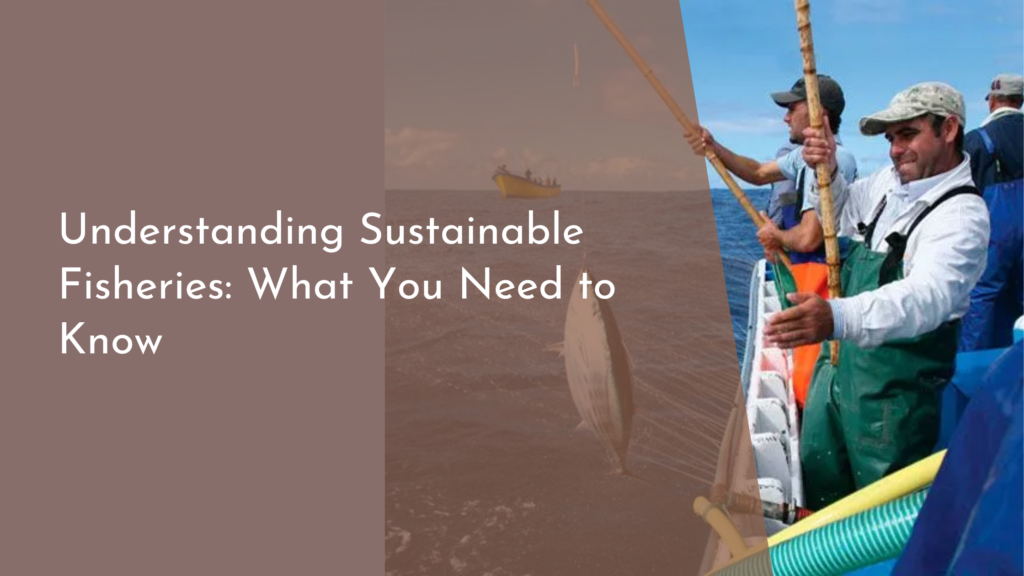Sustainable Whale Watching Practices: A Guide
Whale watching is a thrilling experience that connects us with the majestic beauty of marine life. However, as the popularity of this activity has surged, so too have concerns about its impact on these magnificent creatures and their habitats. Understanding sustainable whale watching practices is crucial for ensuring that we can enjoy these awe-inspiring encounters while protecting the very animals we seek to observe. This guide explores the importance of sustainable whale watching, offers eco-friendly practices to follow, provides tips for selecting responsible operators, and shares ideas for ensuring a memorable experience.
Understanding Sustainable Whale Watching: Why It Matters
Sustainable whale watching is about minimizing the impact of human activity on whales and their habitats while promoting conservation efforts. Increased boat traffic can disrupt feeding, breeding, and migratory patterns, potentially leading to stress and even harm for these sensitive creatures. By adopting sustainable practices, we not only enhance the chances of observing whales in their natural environment but also contribute to their protection and the preservation of marine ecosystems.
Moreover, responsible whale watching has a ripple effect that can benefit local communities. Many coastal regions rely on tourism for economic support, and by prioritizing sustainability, we can help ensure that whale watching remains a viable industry for years to come. Sustainable practices encourage awareness and education about marine conservation, fostering a deep appreciation for the ocean and its inhabitants.
Top Eco-Friendly Practices for Responsible Whale Watching
To enjoy whale watching in an environmentally friendly manner, start by maintaining a respectful distance from the animals. Most guidelines suggest keeping at least 100 yards (or 300 feet) away from whales to minimize stress and avoid interference with their natural behaviors. This buffer zone allows for safe observation while ensuring the whales can move freely without feeling threatened.
Another essential practice is to avoid chasing or encircling whales. Boats should approach slowly and remain stationary once in observation range. This respectful approach not only safeguards the whales but also allows for a more authentic experience as you witness their natural behaviors, such as breaching or spouting, without interference. Additionally, consider choosing times for your excursions that align with the whales’ migratory patterns, further enhancing your chances of a successful sighting while allowing these amazing creatures to thrive.
How to Choose a Sustainable Whale Watching Operator
When selecting a whale watching operator, look for those that are certified by reputable environmental organizations. Accreditation often indicates that the operator adheres to ethical guidelines and sustainable practices. Researching online reviews and testimonials can also provide insights into the experiences of other travelers and their commitment to marine conservation.
Inquire about the operator’s educational programs or efforts to promote marine conservation. Many responsible companies offer informative talks about the species you might encounter, their behaviors, and the importance of protecting their habitats. Operators that reinvest a portion of their profits into local conservation efforts or community projects demonstrate a commitment to sustainability beyond just providing a tour.
Enjoying Nature: Tips for a Memorable Whale Watching Trip
To maximize your whale watching experience, come prepared with the right gear. Binoculars can enhance your viewing experience, allowing you to spot whale behaviors that may be far from your boat. Don’t forget to bring a camera, but remember to follow guidelines by keeping a safe distance and avoiding flash photography, which can disturb the animals.
Lastly, embrace the spirit of adventure and patience. Whale watching often requires waiting, so take the time to enjoy the scenery and other marine life you may encounter along the way, such as dolphins, sea birds, or even sea turtles. Engaging with your fellow travelers and sharing in the excitement of potential sightings can create lasting memories that extend beyond just the whales themselves.
Sustainable whale watching is not only a means of enjoying nature but also an opportunity to contribute to the conservation of these magnificent creatures and their habitats. By following responsible practices, choosing eco-friendly operators, and embracing the experience with enthusiasm, we can create a positive impact on the environment while enjoying unforgettable moments on the water. So grab your binoculars, set sail, and let the adventure of whale watching unfold!


